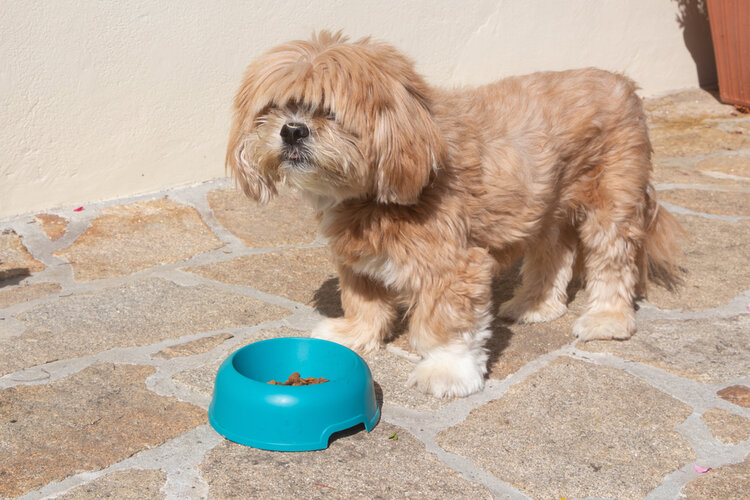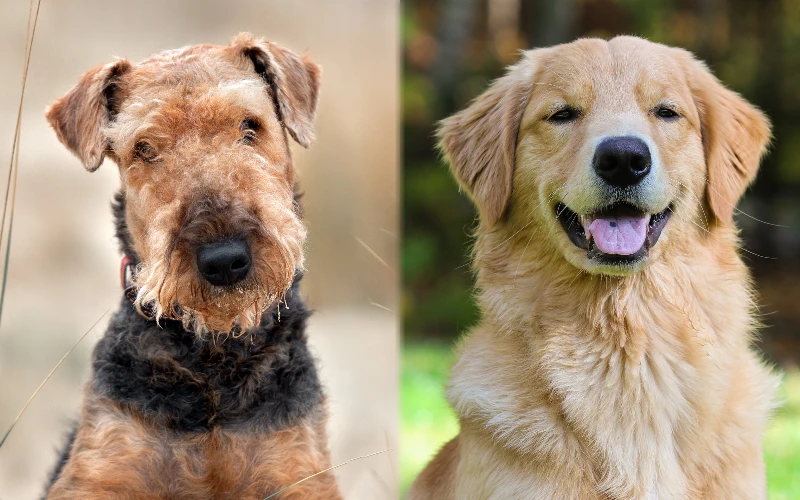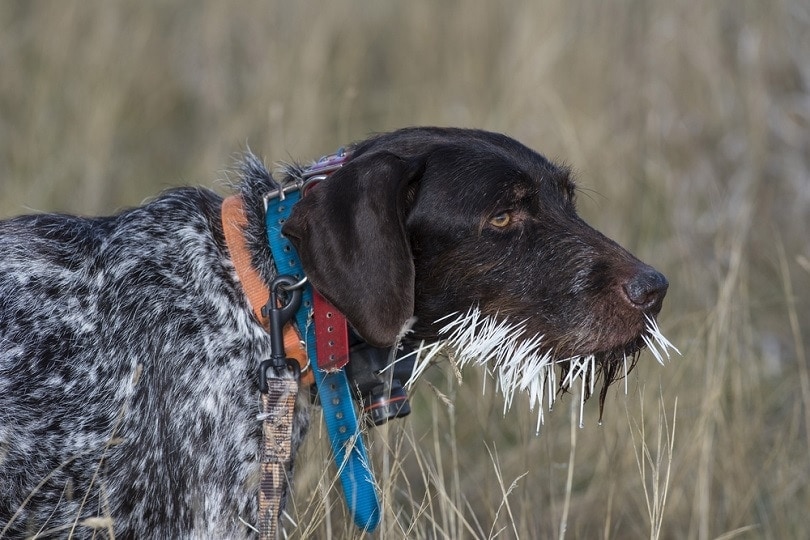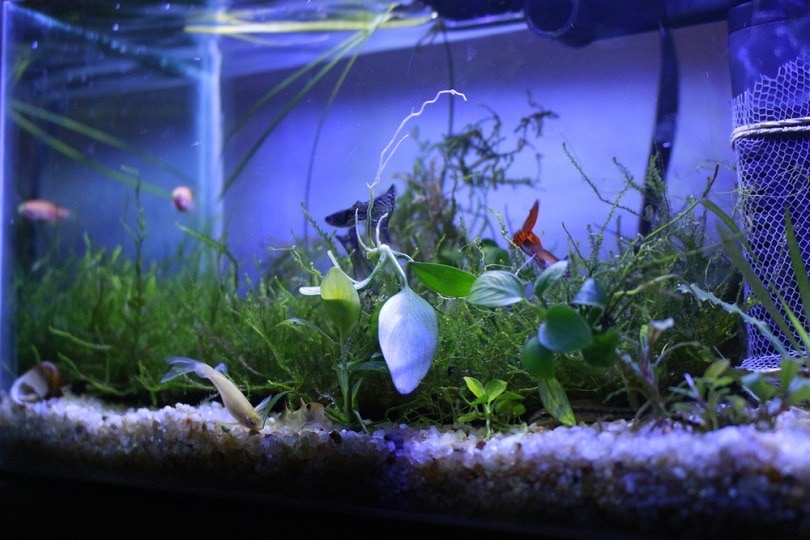26 Spanish Dog Breeds: Pictures, Info & History of Pups From Spain
Updated on
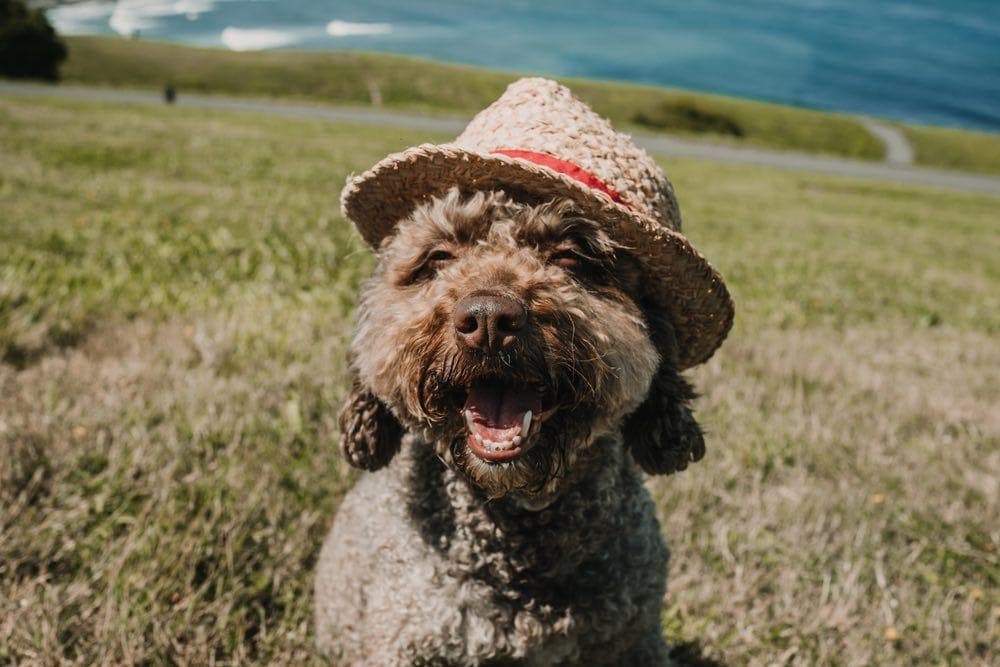
With so many different dog breeds in existence, it should come as no surprise that canines hail from places all over the world. One place that is the homeland of many interesting dog breeds is Spain. Most dogs developed and bred in this country are popular among the ranching and hunting communities, but plenty are regarded as beloved household pets. Here are 26 different Spanish dog breeds that everyone should know about.
How Are Spanish Dog Breeds Classified?
How a dog breed might be classified will depend on the tasks that the breed is primarily used for, which can include anything from scent work to companionship. For example, the American Kennel Club classifies dog breeds into various different groups, including the working group, the hound group, the sporting group, and the terrier group.1 There are also herding and non-sporting groups. Any dog that the AKC recognizes is classified under one of these.
A Spanish dog breed is one that originated in Spain and can fit into any of these groups, depending on what they were bred to do.
The 26 Spanish Dog Breeds
1. Spanish Mastiff
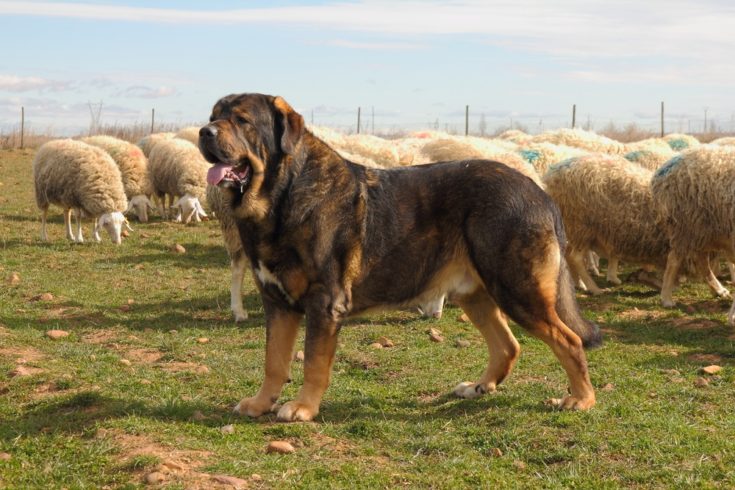
| Origin: | Spain, specifically the Estremadura region |
| Lifespan: | 10 – 12 years |
| Weight: | 110 – 220 pounds |
This large Spanish dog breed has a blocky head and muscular frame, which helps them do the job that they were developed for, which is protecting livestock. They also make excellent family pets that get along well with children and other dogs. These loyal dogs can adapt to a variety of different home environments.
2. Great Pyrenees

| Origin: | The Pyrenees Mountains on the border of Spain and France |
| Lifespan: | 10 – 12 years |
| Weight: | 85 – 160 pounds |
Great Pyrenees are mountain dogs through and through. Most weigh more than 100 pounds! Don’t let their size fool you, though; these sweet-natured dogs love showing affection to their companions. They tend to like lazing around the house but won’t pass up an opportunity to hit the outdoors for an adventure.
3. Andalusian Hound

| Origin: | Andalusia, Spain |
| Lifespan: | 10 – 12 years |
| Weight: | 11 – 73 pounds |
This impressive dog breed comes in three sizes: small, medium, and large. Small Andalusian hounds weigh only around 11 pounds, while their larger counterparts may weigh up to about 73 pounds. The breed was developed for hunting, in which they excel partly due to their superior sense of smell and impressive sight.
4. Spanish Water Dog
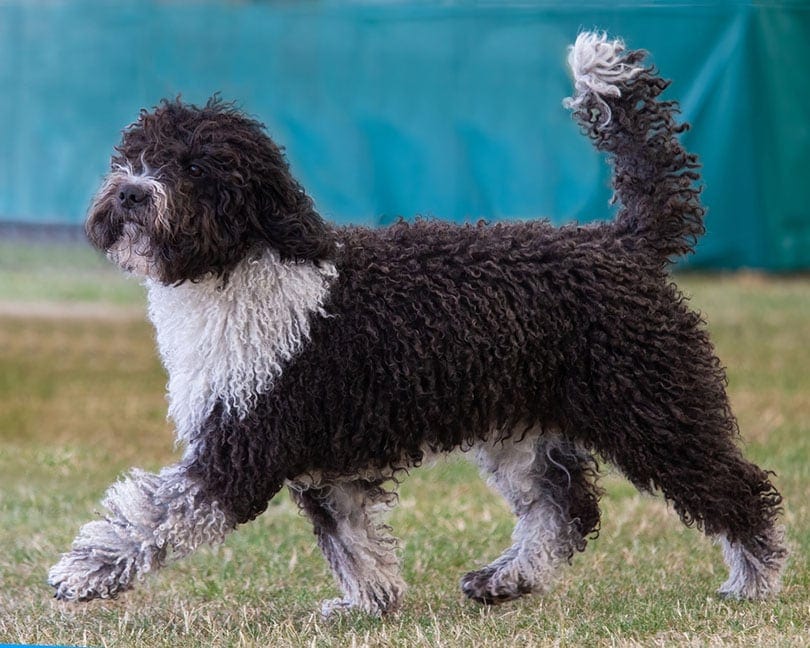
| Origin: | True origins unclear, though likely from an ancient bloodline |
| Lifespan: | 10 – 14 years |
| Weight: | 30 – 50 pounds |
The Spanish Water Dog is a fun-loving breed that tends to devote their loyalty to their family members. They enjoy spending time hunting, fishing, hiking, and camping outdoors, making them great pets for active families. What’s great about this breed is that their coats shouldn’t be brushed, which makes daily grooming a breeze.
5. Podenco Canario

| Origin: | The Canary Islands |
| Lifespan: | 10 – 13 years |
| Weight: | 44 – 55 pounds |
This agile Spanish dog breed works in packs to hunt rabbits. These dogs are slender and sleek yet sturdy on their feet, which makes it possible for them to fearlessly navigate harsh landscapes. Their friendly nature and loyalty are why they’re respected as protective family companions.
6. Carea Leones

| Origin: | Leon, Spain |
| Lifespan: | 10 – 12 years |
| Weight: | 30 – 70 pounds |
Also referred to as the Leonese Shepherd or Sheepdog, this herding breed is active and energetic and always seems to be on alert. They will enjoy having a job on a farm or other property, but if that can’t happen, plenty of time outdoors running, playing, and hiking will keep them satisfied.
7. Garafian Shepherd
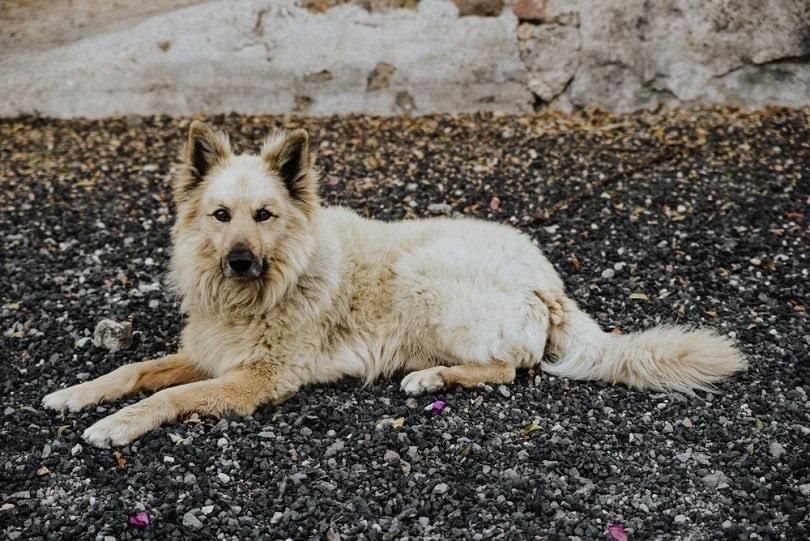
| Origin: | The Island of La Palma in the Canary Islands |
| Lifespan: | 9 – 13 years |
| Weight: | 75 – 85 pounds |
The Garafian Shepherd was originally bred to graze sheep and goats in rugged, rocky terrain. These are good family dogs, but they can be stubborn, so obedience training should start at an early age. Like most working dog breeds, this one loves spending time outdoors, so a home with a large fenced yard is ideal for them.
8. Basque Shepherd
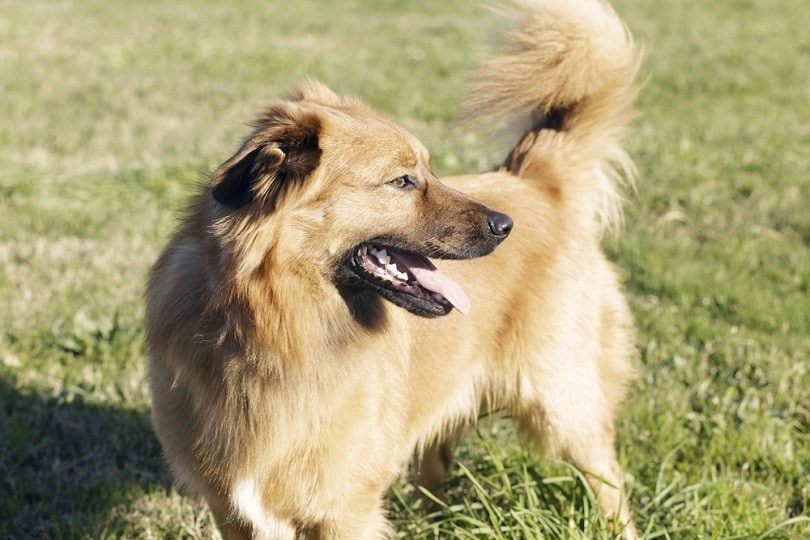
| Origin: | Basque (Northern Spain) |
| Lifespan: | 13 – 15 years |
| Weight: | 37 – 79 pounds |
This somewhat rare Spanish dog breed can be found working on farms and living in households as a beloved family member. Featuring adorable, folded ears and bright eyes, the Basque Shepherd is an intelligent dog that is relatively easy to train. They tend to enjoy hanging out with kids, which is usually reciprocated.
9. Villano De Las Encartaciones
https://www.instagram.com/p/CQsnkvMpZqv/?utm_source=ig_web_copy_link
| Origin: | The province of Biscay in the Basque region of Spain |
| Lifespan: | 9 – 11 years |
| Weight: | 65 – 85 pounds |
This husky dog breed was bred to hunt boar and feral cattle in Spain, but the Villano isn’t readily bred today, so they’re considered rare. They are not a good match for families with children and other household pets because their hunting and territorial instincts are so strong.
10. Spanish Greyhound
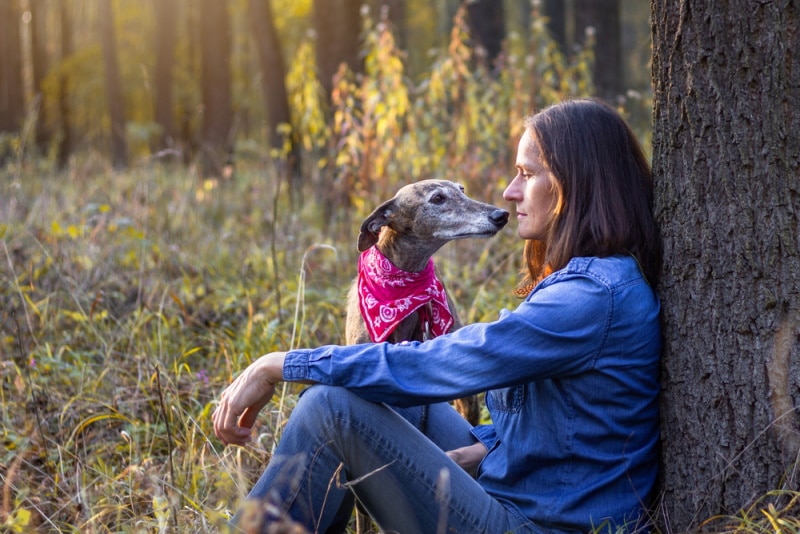
| Origin: | Spain, though true origins are unclear, as this is an ancient breed |
| Lifespan: | 12 – 15 years |
| Weight: | 60 – 65 pounds |
The Spanish Greyhound was once a favored breed by Spanish kings. This active breed enjoys participating in activities like walking, running, and playing with puzzle toys in the house. When not being active, the typical Spanish Greyhound can be found cuddled up on their cozy bed or the couch, if they’re allowed.
11. Can de Palleiro

| Origin: | Galicia (Northwest Spain) |
| Lifespan: | 10 – 14 years |
| Weight: | 55 – 84 pounds |
This well-rounded breed excels at guarding, herding, and hunting, which makes them a perfect companion for farmers and hunters. The Can de Palleiro is meant to spend their time outdoors, so if they are to live as a family pet, they must have daily adventures and plenty of exercise.
12. Ibizan Hound
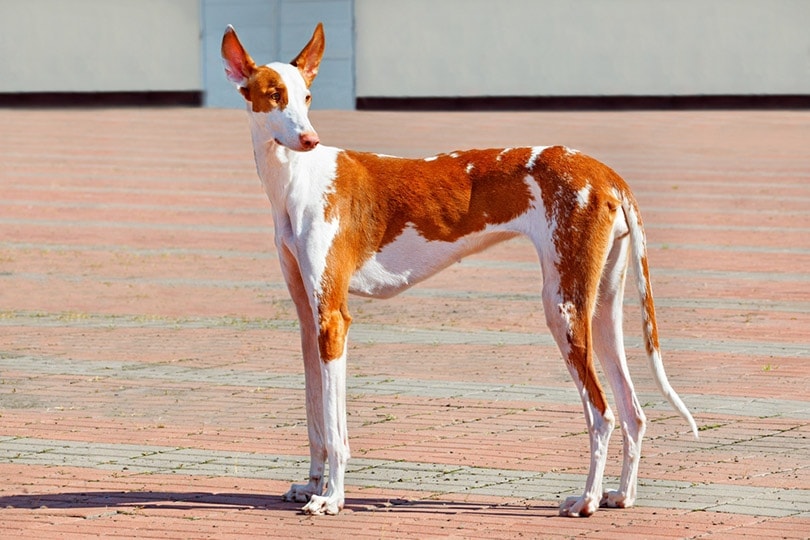
| Origin: | Off the coast of Spain, on the island of Ibiza |
| Lifespan: | 11 – 14 years |
| Weight: | 45 – 65 pounds |
As an outstanding hunter, the Ibizan Hound was imported to Spain by traders around 3,000 years ago. They have long ears that stand erect and thin yet agile bodies that help them get around quickly. This independent and confident Spanish dog breed shows loyalty and protectiveness to their human companions.
13. Ca de Bou

| Origin: | Majorca, Spain |
| Lifespan: | 10 – 12 years |
| Weight: | 77 – 84 pounds |
With big round eyes and lovable-looking noses, the Ca de Bou is a sociable dog breed that never minds making new friends. What’s unique about this breed is that males tend to have noticeably larger heads than females, making it easy to distinguish between the sexes at first glance.
14. Valencian Podenco

| Origin: | Valencia in Eastern Spain |
| Lifespan: | 11 – 14 years |
| Weight: | 40 – 44 pounds |
The Valencian Podenco is a hound dog that may inherit one of three different kinds of hair: smooth, silky, or rough. No matter their coat type, these dogs were once popular as rabbit hunters. Therefore, they don’t like spending much time indoors and are best suited for ranching and farming life, where they can feel useful by performing various tasks.
15. Catalan Sheepdog
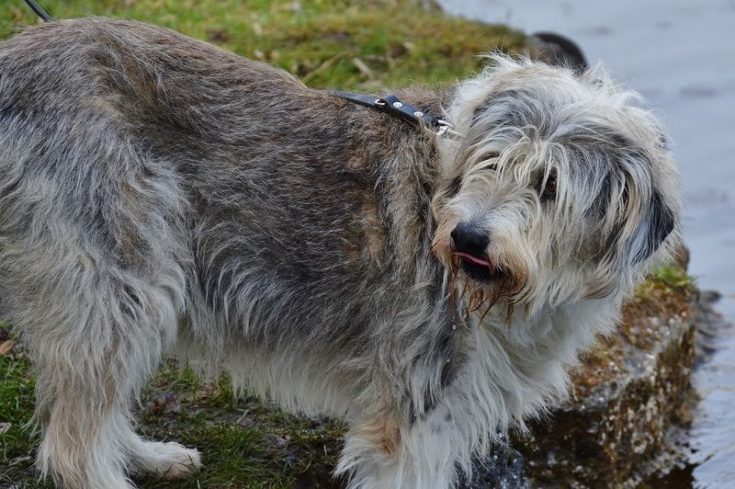
| Origin: | Catalonia, Northeast Spain |
| Lifespan: | 12 – 14 years |
| Weight: | 35 – 45 pounds |
The Catalan Sheepdog is commonly bred in Spain, but it is also a dog among breeders in Germany, Finland, and even Sweden. This loving dog breed likes cuddling and playing with the kids in their household. They tend to be big diggers, which can cause havoc in the yard, so it’s best to provide them with a dedicated space where they can tear up the ground as much as they like.
16. Burgos Pointer
| Origin: | The province of Burgos in the Castile area |
| Lifespan: | 12 – 14 years |
| Weight: | 55 – 65 pounds |
While robust and well-built, this beautiful Spanish dog breed is a gentle teddy bear by nature. They tend to be quite shy around strangers, and they are quiet while spending time at home, barking only when they deem it necessary. They sport extra-long ears and extra skin that folds under the mouth to create what looks like a double chin.
17. Presa Canario

| Origin: | The Canary Islands |
| Lifespan: | 9 – 11 years |
| Weight: | 85 – 140 pounds |
This ancient breed was a popular dog due to their protective yet family-oriented temperament. However, there are only a few Presa Canario in existence today, which leads experts to worry that they’re on their way to extinction. Fortunately, this working breed is adaptable to a variety of different living situations.
18. Spanish Hound
https://www.instagram.com/p/Cy4t3gHOAgv/?utm_source=ig_web_copy_link
| Origin: | The northern area of the Iberian Peninsula |
| Lifespan: | 10 – 13 years |
| Weight: | 55 – 65 pounds |
What makes this Spanish dog breed unique is that they were developed to hunt small and large prey animals. The Spanish Hound has a distinctive howl that is used to let their hunting group know what they are up to. Baying is common during the hunt, while short choppy barks let hunters know that prey has been found.
19. Majorero

| Origin: | The Canary Islands, specifically Fuerteventura island |
| Lifespan: | 11 – 12 years |
| Weight: | 55 – 100 pounds |
The Majorero comes in two colors: blonde and black. They are protective of their human companions and can make great guard dogs with proper training. They can also help protect livestock on farms, which is something that they have been doing since their inception. This active breed is playful and curious, which makes them great for families with children.
| Origin: | Navarre, Spain |
| Lifespan: | 12 – 15 years |
| Weight: | 55 – 70 pounds |
Once thought to be extinct, the rare Pachon Navarro has been revived and is even recognized by the Spanish government as an established standardized breed. The breed has short smooth hair that is easy to groom and manage. Their coats are usually bicolored, tricolored, or unicolored. Their large floppy ears give them character to match their big personalities.
21. Gos Rater Valencia

| Origin: | Valencia, Spain |
| Lifespan: | 11 – 14 years |
| Weight: | 9 – 18 pounds |
Born to hunt down rats, the Gos Rater Valencia has the distinction of winning the Spanish National Dog Show in 2011. These dogs are typically bred and used for hunting rats and rabbits, so they are independent and spend most of their time outdoors. They may get along in family environments, but they aren’t as house-friendly as many other Spanish dog breeds on this list.
22. Alano Espanol
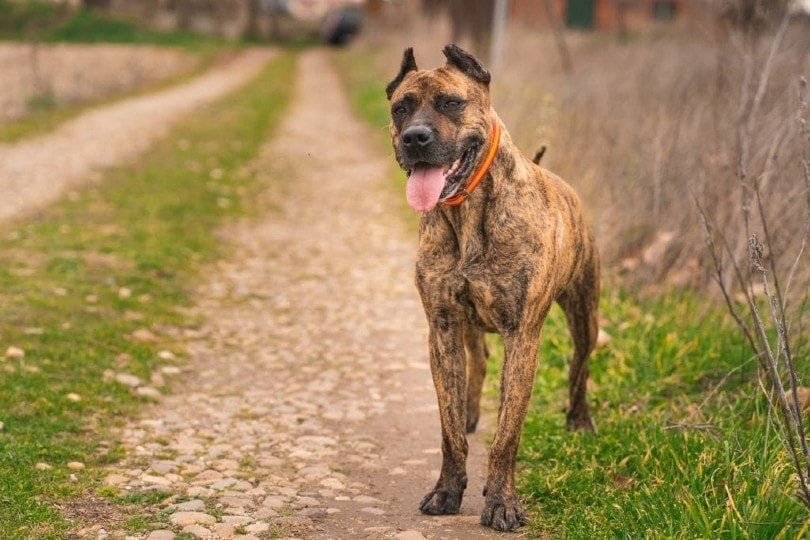
| Origin: | Unclear, though ancestors were likely imported into Spain during the 5th century |
| Lifespan: | 11 – 14 years |
| Weight: | 55 – 90 pounds |
Sporting a dark coat with markings all over, the Alano Espanol is muscular and looks fierce. They can work as guard dogs and property protectors, but they are sociable and friendly unless they feel threatened. They can make a good pet when socialized and trained at a young age.
23. Pyrenean Mastiff

| Origin: | The Pyrenees Mountains of Spain |
| Lifespan: | 8 – 12 years |
| Weight: | 120 – 240 pounds |
The Pyrenean Mastiff is a massive-sized Spanish dog breed that has a much bigger bark than bite. In fact, these dogs are gentle, loyal, and calm when dealing with their human companions. They make great family pets because they are patient and laid back when spending time around kids.
24. Ratonero Bodeguero Andaluz

| Origin: | Marco de Jerez in the south of Spain |
| Lifespan: | 15 – 18 years |
| Weight: | 12 – 22 pounds |
This small Spanish dog breed has plenty of energy and spunk. Some people think that they look like the Jack Russel Terrier, but make no mistake: They are their own breed with their own unique temperament. The Ratonero Bodeguero Andaluz is a ratter and makes a great household pet.
25. Majorca Shepherd
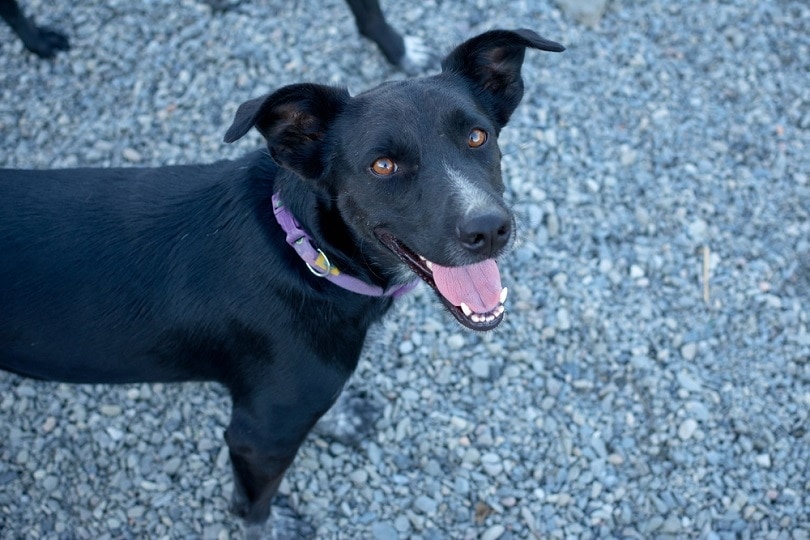
| Origin: | In the Majorca area and throughout Spain |
| Lifespan: | 12 – 13 years |
| Weight: | 75 – 90 pounds |
The Majorca Shepherd has an entirely black coat and Labrador-like face that’s endearing to most people who meet them. These dogs are revered as fantastic farm workers and have been domesticated to settle into a family environment. They excel at guarding livestock but can happily live in a household with kids and other pets.
26. Majorca Ratter
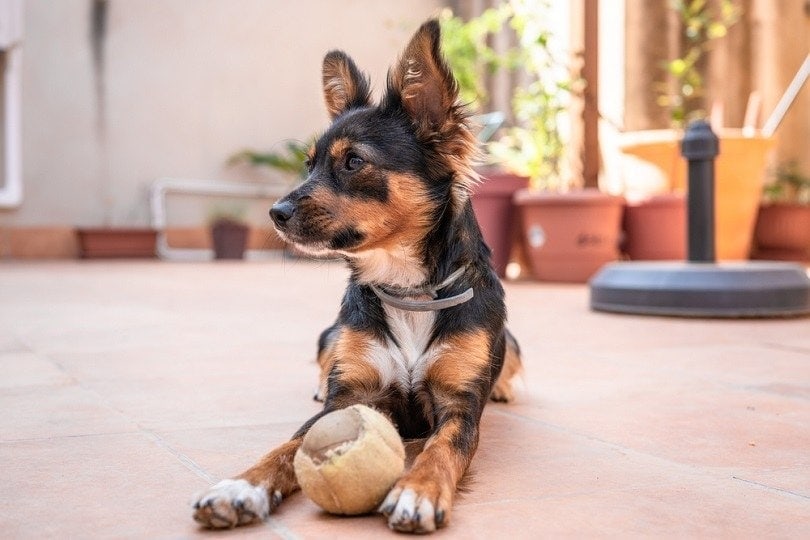
| Origin: | Mallorca, Spain |
| Lifespan: | 15 – 17 years |
| Weight: | 6 – 8 pounds |
This is the smallest Spanish dog breed on this list, weighing in at under 10 pounds when fully grown. They can live in both house and apartment settings, and they do well with singles, families, and seniors alike. The typical Majorca Ratter is extremely active and must get outside for a couple of walks each day.
Conclusion
These Spanish dog breeds come in many different shapes and sizes, but most are bred as working dogs, so they have much to offer families, farmers, ranchers, and hunters alike. Some make for better pets than others, though, so it’s important to understand temperament differences when deciding whether a Spanish dog breed is right for your farm, family, and/or hunting lifestyle.
Featured Image Credit: Lucia Romero, Shutterstock


